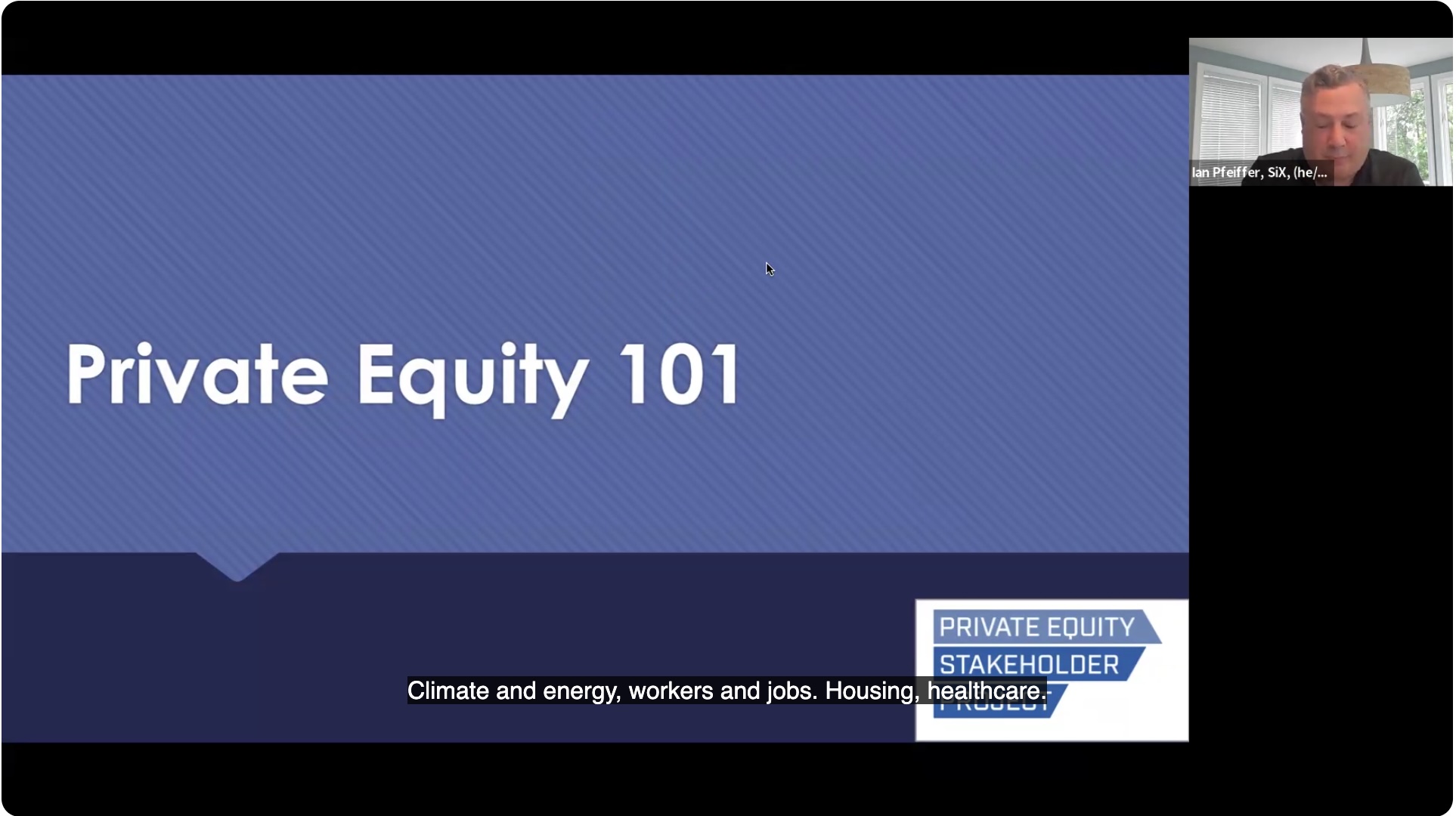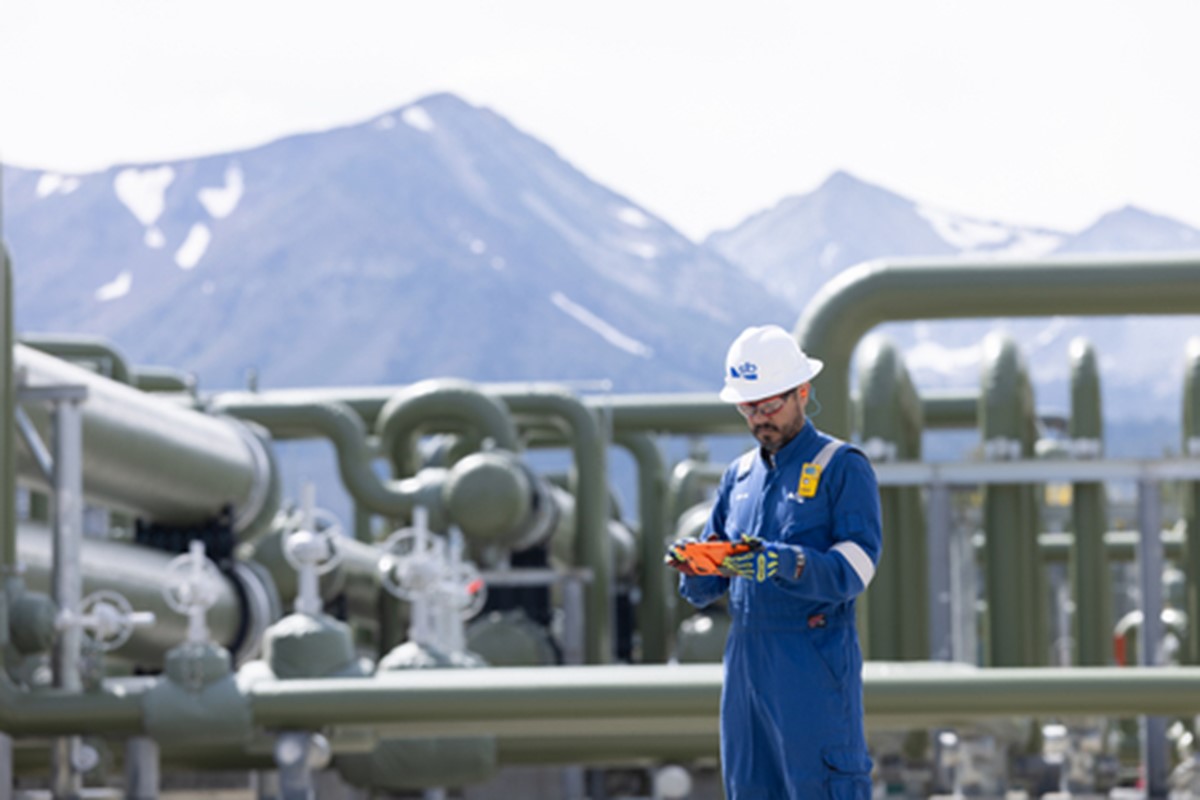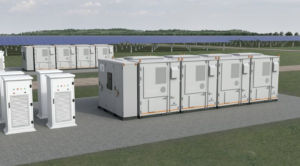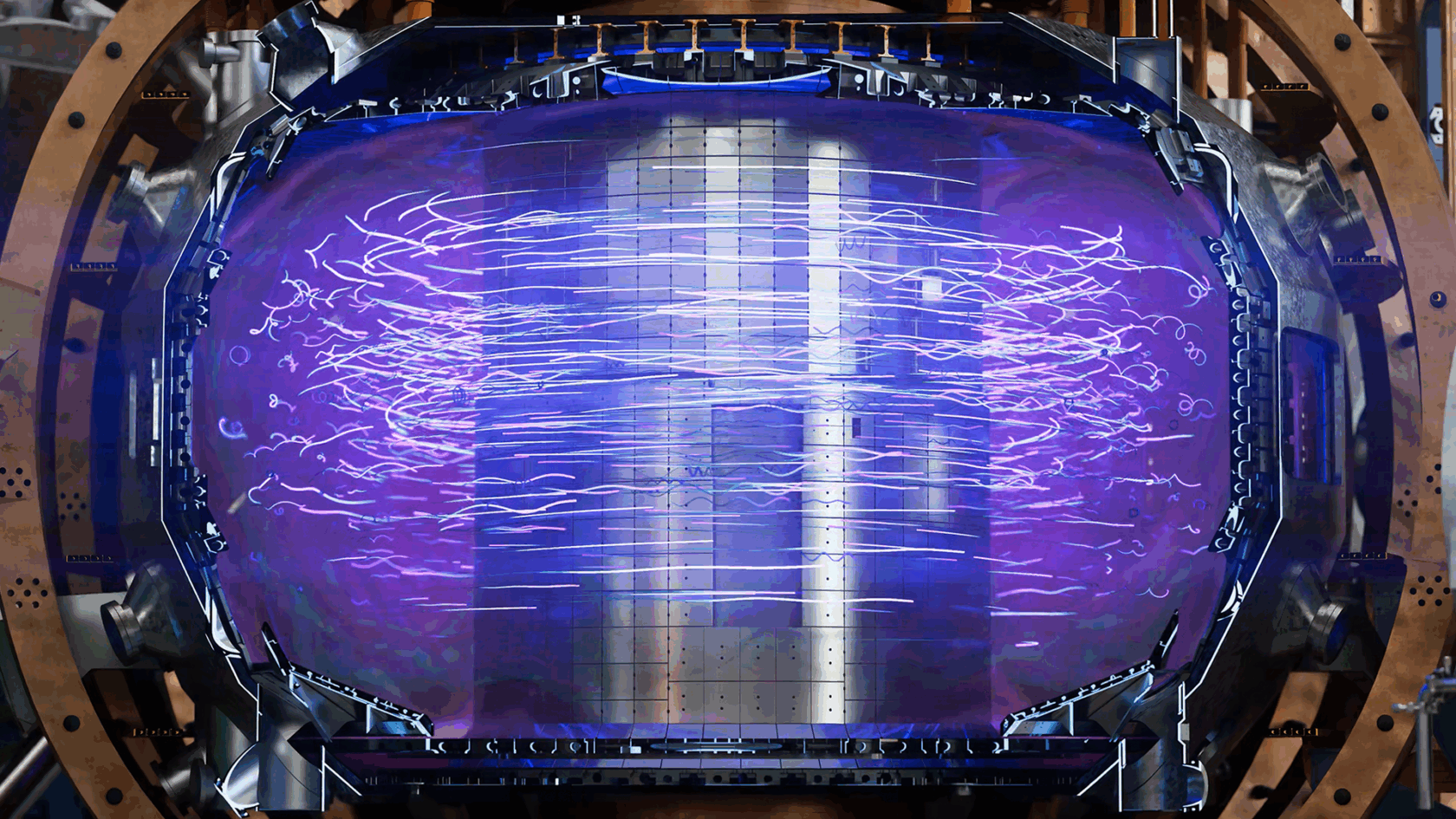Let the Market Decide—the Wisdom of Ending Wind and Solar Subsidies – The Heritage Foundation

Report on the ‘One Big Beautiful Bill Act’ and its Implications for Sustainable Development Goals
1.0 Executive Summary
This report analyzes the federal ‘One Big Beautiful Bill Act’ and its alignment with the United Nations Sustainable Development Goals (SDGs). The legislation, which removes tax credits and subsidies for new renewable energy projects, prompts a re-evaluation of energy policy in the context of several key SDGs. It shifts the focus from direct support for renewables (often linked to SDG 7) towards market-based competition, with significant implications for land use (SDG 15), economic patterns (SDG 8), infrastructure resilience (SDG 9), and community sustainability (SDG 11).
2.0 Analysis of Economic and Infrastructure Sustainability
2.1 SDG 7: Affordable and Clean Energy & SDG 8: Decent Work and Economic Growth
The Act challenges conventional approaches to achieving SDG 7 by prioritizing market mechanisms over subsidies to determine the most viable energy solutions. This policy is predicated on the principle that sustainable economic growth (SDG 8) is best served by fair competition.
- Energy Affordability (Target 7.1): The legislation addresses concerns that subsidies for renewables may lead to higher consumer costs. The case of Virginia, where average electricity rates reportedly increased by 50% between 2019 and 2025 following the installation of a large-scale solar facility, is cited as evidence that subsidized projects do not guarantee affordable energy.
- Market Distortion: Federal subsidies for renewables, reported at over $15 billion in 2024 compared to $3 billion for fossil fuels, are argued to distort market signals. The Act aims to level the playing field, allowing energy sources to compete on their economic and operational merits, which is central to sustainable economic policy (SDG 8).
- Increasing Share of Renewable Energy (Target 7.2): By removing preferential treatment, the Act tests the economic viability of wind and solar. The policy implies that for renewable energy to be truly sustainable, it must be competitive without government support.
2.2 SDG 9: Industry, Innovation, and Infrastructure
The Act’s focus on reliability and efficiency directly impacts the development of resilient infrastructure as mandated by SDG 9.
- Infrastructure Resilience (Target 9.1): The report highlights grid stability as a primary concern. The cautionary example of a 12-hour blackout in Spain, attributed to a lack of grid inertia following the failure of two solar panels, underscores the potential risks of heavy reliance on intermittent renewable sources without sufficient backup systems.
- Sustainable Industrialization: The policy encourages an energy sector where development is driven by efficiency and reliability rather than by subsidy availability. This fosters an industrial environment where long-term stability is prioritized, aligning with the goals of sustainable infrastructure development.
3.0 Analysis of Environmental and Social Sustainability
3.1 SDG 15: Life on Land & SDG 12: Responsible Consumption and Production
A central theme of the new policy is the environmental and opportunity cost of land use, which directly relates to the protection of terrestrial ecosystems (SDG 15) and the efficient use of natural resources (SDG 12).
- Land Use Efficiency (Target 12.2): The Act addresses the significant land footprint of renewable energy. Wind projects are reported to require approximately 30,000 acres and solar projects 5,000 acres to produce the same electricity as a 2,500-acre coal plant. By removing subsidies, the law forces developers to internalize the cost of this extensive land use, promoting more efficient resource allocation.
- Protection of Terrestrial Ecosystems (Target 15.1): The legislation is positioned to mitigate environmental degradation associated with large-scale renewable projects. The Spotsylvania Solar Energy Center in Virginia serves as a key example, where the development involved clearing 3,500 acres of forest and removing an estimated one million trees, actions contrary to the objectives of SDG 15.
3.2 SDG 11: Sustainable Cities and Communities
The Act acknowledges the growing tension between national energy goals and local community interests, a core component of SDG 11.
- Participatory Planning and Local Impact (Target 11.3): The policy responds to widespread community opposition to large-scale renewable developments. The Renewable Rejection Database, which documents over 800 instances of local governments rejecting or restricting wind and solar projects since 2015, indicates a significant conflict with local land-use priorities.
- Environmental Health in Human Settlements (Target 11.6): Community concerns cited in relation to the Spotsylvania project included the potential for toxic substances from solar panels to leach into groundwater and the heat island effect from 1.8 million panels. The new law indirectly supports the goal of reducing the adverse per capita environmental impact of cities and communities by disincentivizing projects with such perceived local risks.
4.0 Conclusion
The ‘One Big Beautiful Bill Act’ marks a significant pivot in energy policy, reframing the path to sustainability. It challenges the premise that subsidizing renewables is the optimal method for achieving SDG 7 (Affordable and Clean Energy). Instead, it prioritizes principles of market competition and economic efficiency (SDG 8), infrastructure resilience (SDG 9), responsible land management (SDG 15, SDG 12), and respect for local community autonomy (SDG 11). The long-term effects of this policy will determine whether a market-driven approach can deliver an energy future that is at once reliable, affordable, and environmentally sustainable.
Analysis of Sustainable Development Goals (SDGs) in the Article
1. Which SDGs are addressed or connected to the issues highlighted in the article?
- SDG 7: Affordable and Clean Energy
- SDG 15: Life on Land
- SDG 11: Sustainable Cities and Communities
- SDG 9: Industry, Innovation, and Infrastructure
2. What specific targets under those SDGs can be identified based on the article’s content?
-
SDG 7: Affordable and Clean Energy
- Target 7.1: Ensure universal access to affordable, reliable and modern energy services. The article directly addresses energy affordability by citing the 50% rise in Virginia’s electricity rates (from 10 to 15 cents/kWh) following a large-scale solar project. It also questions the reliability of renewable-heavy grids by referencing a 12-hour blackout in Spain due to insufficient grid inertia.
- Target 7.2: Increase substantially the share of renewable energy in the global energy mix. The article discusses federal policy (“One Big Beautiful Bill Act”) that directly impacts this target by phasing out subsidies for wind and solar, thereby challenging the primary mechanism used to increase the share of renewables.
- Target 7.a: Enhance international cooperation to facilitate access to clean energy research and technology… and promote investment in energy infrastructure and clean energy technology. The article critiques the use of subsidies as a method to promote investment, mentioning that renewables received over $15 billion in federal subsidies in 2024 and $9 trillion globally over 20 years. It argues this distorts the market rather than facilitating efficient investment.
-
SDG 15: Life on Land
- Target 15.1: Ensure the conservation, restoration and sustainable use of terrestrial and inland freshwater ecosystems and their services, in particular forests. The article highlights a direct conflict with this target by describing the Spotsylvania Solar Energy Center, which required “the clearing of 3,500 acres of forested land, which involved the removal of around a million trees.”
- Target 15.2: Promote the implementation of sustainable management of all types of forests, halt deforestation. The article provides a clear example of deforestation for energy development, which runs counter to this target. The land-use intensity of solar and wind projects (requiring 5,000 and 30,000 acres respectively for the same output as a 2,500-acre coal plant) is presented as a challenge to sustainable land management.
- Target 15.9: Integrate ecosystem and biodiversity values into national and local planning, development processes. The article points to a failure in this area, citing how “communities across the country are voicing concerns, objecting to large-scale wind and solar developments that disrupt local land use… and alter rural landscapes.” The mention of over 800 rejected or restricted projects underscores this conflict.
-
SDG 11: Sustainable Cities and Communities
- Target 11.3: Enhance inclusive and sustainable urbanization and capacity for participatory, integrated and sustainable human settlement planning and management. The article implies a lack of participatory planning by highlighting widespread community opposition. The “Renewable Rejection Database” with “more than 800 wind and solar projects… rejected or restricted by local governments” serves as evidence of a disconnect between developers and local communities.
- Target 11.a: Support positive economic, social and environmental links between urban, peri-urban and rural areas. The article describes how large-scale renewable projects can negatively impact rural areas by disrupting “local land use” and altering “rural landscapes,” suggesting a strain on the environmental links between different settlement types.
-
SDG 9: Industry, Innovation, and Infrastructure
- Target 9.4: Upgrade infrastructure and retrofit industries to make them sustainable, with increased resource-use efficiency. The article engages in a debate about what constitutes “sustainable” and “efficient.” It argues that subsidies for renewables lead to “misallocated resources” and questions their efficiency when considering land use. The Spanish blackout is used as an example of how renewable-heavy infrastructure can lack reliability or “inertia.”
3. Are there any indicators mentioned or implied in the article that can be used to measure progress towards the identified targets?
- Price of electricity: Mentioned as rising from 10 cents per kilowatt-hour (kWh) in 2019 to 15 cents/kWh in June 2025 in Virginia. This is a direct indicator for energy affordability (Target 7.1).
- Amount of financial subsidies: The article specifies “$15 billion in federal subsidies in 2024” for renewables compared to “$3 billion for fossil fuels,” and “$9 trillion” in global subsidies over 20 years. This measures investment promotion efforts (Target 7.a).
- Land use per unit of energy: The article provides specific figures: “Wind projects take up approximately 30,000 acres to produce the same amount of electricity as a 2,500-acre coal plant. Solar is also land-intensive, requiring about 5,000 acres for equivalent output.” This is an indicator of land-use efficiency and impact on terrestrial ecosystems (Target 15.1, 15.2).
- Area of deforestation: The article states that the Spotsylvania project involved “the clearing of 3,500 acres of forested land” and the “removal of around a million trees,” serving as a direct indicator of deforestation (Target 15.1, 15.2).
- Number of community-rejected projects: The “Renewable Rejection Database” is cited, which has recorded “more than 800 wind and solar projects… rejected or restricted by local governments.” This acts as an indicator of community participation and acceptance in planning (Target 11.3).
- Grid reliability/stability: The “12-hour blackout on April 28” in Spain is used as an indicator of infrastructure reliability, with the cause attributed to insufficient “inertia” in the grid (Target 7.1, 9.4).
4. Table of SDGs, Targets, and Indicators
| SDGs | Targets | Indicators Identified in the Article |
|---|---|---|
| SDG 7: Affordable and Clean Energy |
7.1: Ensure access to affordable and reliable energy.
7.a: Promote investment in clean energy technology. |
– Price of electricity (e.g., rise from 10 to 15 cents/kWh). – Grid reliability (e.g., 12-hour blackout in Spain due to lack of inertia). – Amount of financial subsidies (e.g., $15 billion for renewables in 2024). |
| SDG 15: Life on Land |
15.1: Ensure the conservation and sustainable use of terrestrial ecosystems.
15.2: Halt deforestation. |
– Land use per unit of energy (e.g., 30,000 acres for wind vs. 2,500 for coal). – Area of forested land cleared (e.g., 3,500 acres). – Number of trees removed (e.g., around a million). |
| SDG 11: Sustainable Cities and Communities | 11.3: Enhance participatory and sustainable human settlement planning. | – Number of locally rejected or restricted projects (e.g., over 800 from the Renewable Rejection Database). |
| SDG 9: Industry, Innovation, and Infrastructure | 9.4: Upgrade infrastructure to make it sustainable and efficient. |
– Grid stability/inertia (mentioned as insufficient in the Spanish grid). – Resource allocation (mentioned as “misallocated resources” due to subsidies). |
Source: heritage.org

What is Your Reaction?
 Like
0
Like
0
 Dislike
0
Dislike
0
 Love
0
Love
0
 Funny
0
Funny
0
 Angry
0
Angry
0
 Sad
0
Sad
0
 Wow
0
Wow
0
















































































